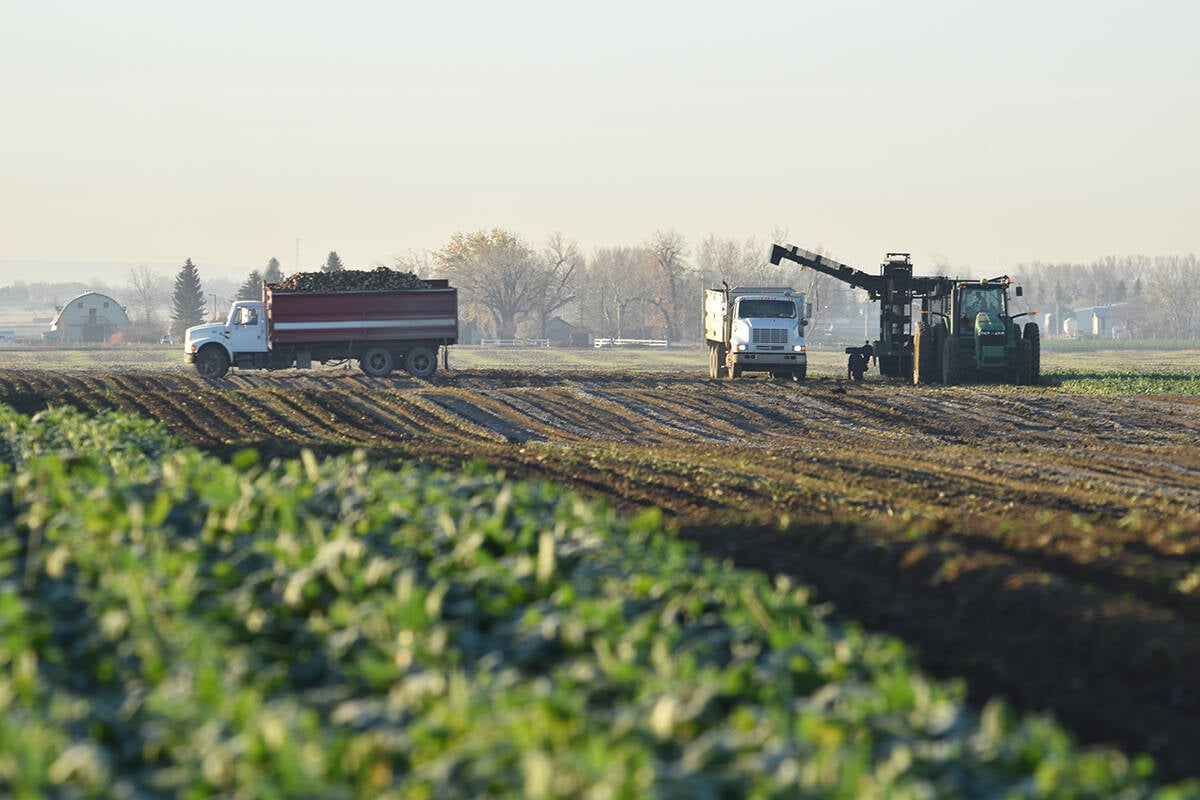Tired llamas don’t make speedy racers, but organizers of the first ever
dog-llama relay race say they’ll try the Agribition event again next
year.
While eager and excited dogs sped around the course, over obstacles and
through tunnels, their llama partners chose a more sedate pace.
They had already spent a long day in the show ring and didn’t seem to
have the energy for the race.
Saskatchewan Llama Association president Dawn Fleming said the event
Read Also

Canada the sole G7 nation without a Domestic Sugar Policy to aid local sugar beet production
Canadian sugar beet industry vastly different to US with free-market system compared to protective government-regulated sugar program
was a bit of a gamble because llamas and dogs don’t always get along.
In fact, llamas consider dogs to be enemies.
But all the competitors were on their best behaviour for the event on
the opening day of Agribition.
Llamas first appeared at the show eight years ago, and the events now
run over two days.
Entries this year doubled that of 2001. Fleming said a new show system
helped.
The Canadian Llama and Alpaca Show System offers more levels and types
of competition. There are fleece competitions, obstacle and pack
classes, and new performance classes that range from beginner to
advanced.
Competitors must qualify three times at each level before they can move
up.
Even pets can compete in some classes.
“The big trend we’re seeing right now is acreage owners buying llamas
for pets,” Fleming said.
There are also several 4-H clubs specifically for llamas. Fleming said
llamas are a good option for 4-H members because they are easy to
handle.
“And they don’t have to kill them when they’re done,” she said.
Llamas are also affordable. Prices have settled out after the initial
inflated breeding stock prices.
People can purchase a pet for $500 or spend up to $30,000 on a breeding
llama.
“The average for breeding stock is probably $2,000-$4,000,” Fleming
said.
Others continue to look at llamas as guard animals. Fleming said the
association is working on a brochure that will be available this
winter. It will outline how to buy and train a guard llama.
There are about 4,000 llamas in Saskatchewan, both registered and
unregistered.
Fleming said a small group of Alberta producers is looking at a meat
market but that idea is in its infancy.
“The fibre is still the biggest market,” she said. “The processing of
fibre has improved dramatically. People are breeding for quality fibre
that they can process into high-end products.”















